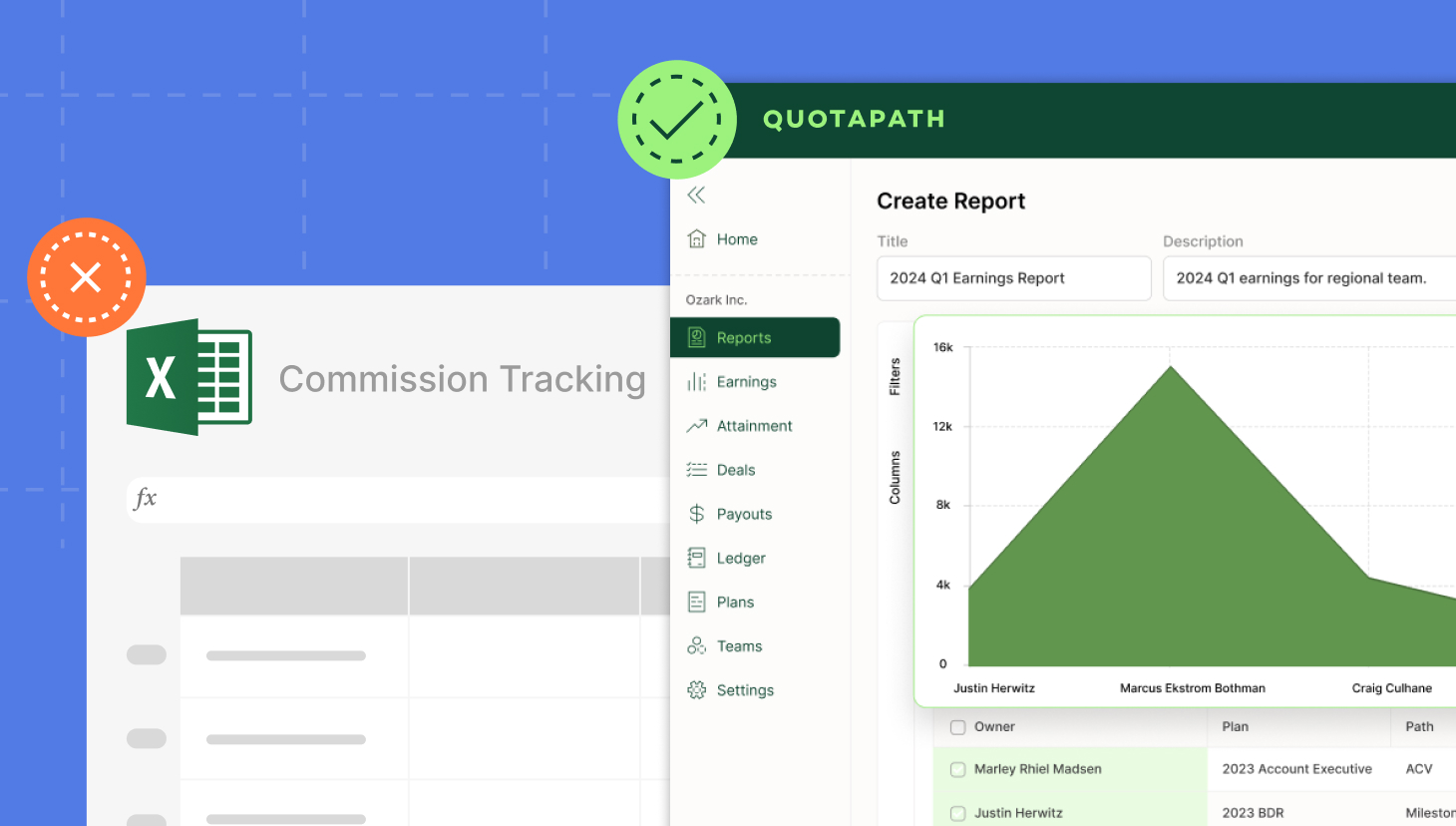The following post discusses inside sales vs. outside sales and highlights the similarities and differences between the two roles.
Inside and outside sales share the same goal — to generate revenue for the company. How the two relate to each other is governed by whether they are actually making money for the company. No company can afford to neglect inside or outside sales. Both are important lead generation tools that businesses should work on constantly improving.
Since the pandemic (COVID-19), outside sales have become nearly impossible, with numerous countries enacting lockdowns. Outside sales agents rely on face-to-face meetings to make sales. But the pandemic put this sales approach on pause. So, outside agents had to get familiar with inside sales tools and approaches. Inside sales tools leverage remote tools like social media marketing and email marketing.
However, now that most COVID-19 lockdowns have been lifted, things have slowly started returning to normal, with outside sales jobs increasing once again.
Inside sales and outside sales industries
Most industries utilize both inside and outside sales teams for maximum returns. Most notable is the Software as a Service (SaaS) industry, which relies on an inside sales team to run the back end of marketing software. Meanwhile, the outside sales team manually markets the product and drives sales through the front end.
A study conducted in 2017 revealed that large organizations felt the biggest ROI from their outside sales teams. These companies made an annual return on investment worth over $500 million. Inside sales were not completely abandoned but practiced on a much smaller scale. After the pandemic hit, sales leaders changed tactics and adopted hybrid sales models that leveraged remote selling.
Smaller organizations most frequently invest in a sizable inside sales team. These organizations make an average of $50 million or less annually. Because of the nature of their selling approaches, smaller organizations with inside sales teams adapted more quickly to remote environments than larger companies.
Calculate OTE:Quota ratios
Use this free calculator to ensure your reps’ on-target earnings and quotas mirror what they’re bringing in for the business.
Try it NowSales cycles
Inside sales teams have shorter sales cycles compared to outside sales teams. A sales cycle describes the time it takes for a sales agent to turn a potential client into a paying consumer. Inside sales teams usually average much smaller deal sizes than outside teams, which leads to shorter sales cycles. Outside sales teams often track down larger deals, some of which may require former RFP (request for proposal) processes, which lengthens the time-to-close. But, the latter typically brings in more revenue to the company.
Deal Sizes
Inside sales teams have a smaller deal size compared to outside sales teams. This is because inside sales reps do more outbound work to convert prospects to customers. On the other hand, outside reps work less deals and do less prospecting to pursue larger returns.
Large deal sizes are the trick behind high investment returns generated by outside sales teams. Thanks to their large returns, outside sales teams can earn back the money they spend wooing clients and traveling. Good training and job experience make an outside sales agent excellent at their job.
Inside sales vs. outside sales: Tools
Sales tools for both inside and outside sales have become similar during the pandemic. For example, both teams will likely use the same CRM (customer relationship management) to hold vital client information and track progress. Inside sales teams interact with their computers, spending most of the day at their desk making appointments and running demos virtually.
On the other hand, outside sales reps will spend a lot of time booking in-person meetings and coordinating travel accommodations to make those appointments. These employees are expected to go above and beyond to get in front of the target client and key decision-makers. As such, companies usually allow flexibility for outside sales reps to improvise when interacting with the client to increase the likelihood of securing the deal. Navigating this requires understanding the ins and outs of mileage reimbursement policy, as well as the accommodation policy, ensuring accurate expense tracking and reimbursement for travel-related expenses
For must-have sales tools suggestions for inside and outside reps, check out our blog.
Experience requirements and responsibilities
Inside sales roles may require prior experience but can count as entry-level jobs.
In an inside sales job for an Austin tech company, the prerequisites in the job requirements include:
- Thorough understanding of related technology or willingness to learn, i.e., websites, CRMs, lead capture, lead followup
- Demonstrated sales record of consistently meeting and exceeding quota
- Skilled in virtual presentations, online web demos, and remote sales processes
For an outside role, companies usually require previous sales experience. This section of a job post for an outside rep in Austin, for example, includes the following:
- Minimum of two or more years of Outside Sales experience
- Experience meeting or exceeding sales quotas
- Must be willing to work a minimum of 40 hours per week
- Should have access to a computer on a daily basis
- Exceptional interpersonal skills, communication skills and ability to build strong relationships
- Excellent time-management skills – (including the ability to work independently and manage your own schedule)
Navigating Commissions & Compensation Planning in a Volatile Job Market
Learn how four leaders approach sales compensation strategy to accommodate today’s economic landscape.
Download NowInside sales and outside sales rep salaries
An outside sales representative earns an average salary of $82,000, according to recent numbers from Indeed. That’s not including their commissions, which puts their average on-target earnings (OTE) well north of $100,000. For more senior outside reps, and enterprise account reps, you’ll see OTEs in the $200,000 to $300,000 range. These roles require more experience and a detailed history of demonstrated success.
Average salaries for inside sales representatives come in just under $60,000, according to Indeed. When factoring in average sales commissions of $12,000 for this role, inside sales rep OTEs range between $70,000 and $80,000.
Commission pay structure
While many reps come to their role with innate motivation, commission structures for sales can motivate even more and steer certain selling behaviors. Plus, a strong sales compensation plan model can attract top-performing recruits and retain your team.
When it comes to designing compensation plans, you’ll want to identify structures that align with your business goals. For example, if you want your team to increase their deal size, you might want to extend your quota term from one month to quarterly to accommodate for longer sales cycles. Or, if a goal of the business is to secure multi-year deals, then the comp plan should reflect that by paying out higher rates on deals longer than one year.
For more sales comp plan best practices, check out these helpful guides:
- 7 compensation planning best practices to implement ASAP
- What is sales compensation? Here are the basics
- How to pick your sales commission structure
- How to set up a successful sales SPIF
- After 350+ strategy sessions, Graham shares 5 key comp management tactics
Characteristics and soft skills: Inside vs. outside reps
We’ve covered responsibilities, tools, and salaries. What about skills? Leaders expect outside sales reps to be outgoing, disciplined, and autonomous. The representatives must quickly pick up on non-verbal cues, display good communication skills, and have exceptional relationship- and trust-building abilities.
Inside sales reps should be competitive, excellent communicators, and have a hustle that doesn’t get sidelined by rejection. Prospecting plays a huge role in inside sales, which involves a lot of “no’s.”
Is inside sales a good job? Is outside sales a good job?
Both inside and outside sales jobs are good jobs as long as you choose the one that suits your skillset. Most outside reps started their sales careers as inside reps, which gave them the groundwork to build and strengthen their sales confidence.
About QuotaPath
QuotPath supports sales incentive compensation for inside and outside teams by automating commission tracking and sales commission payouts. To learn more, find a time here to chat with our team.



